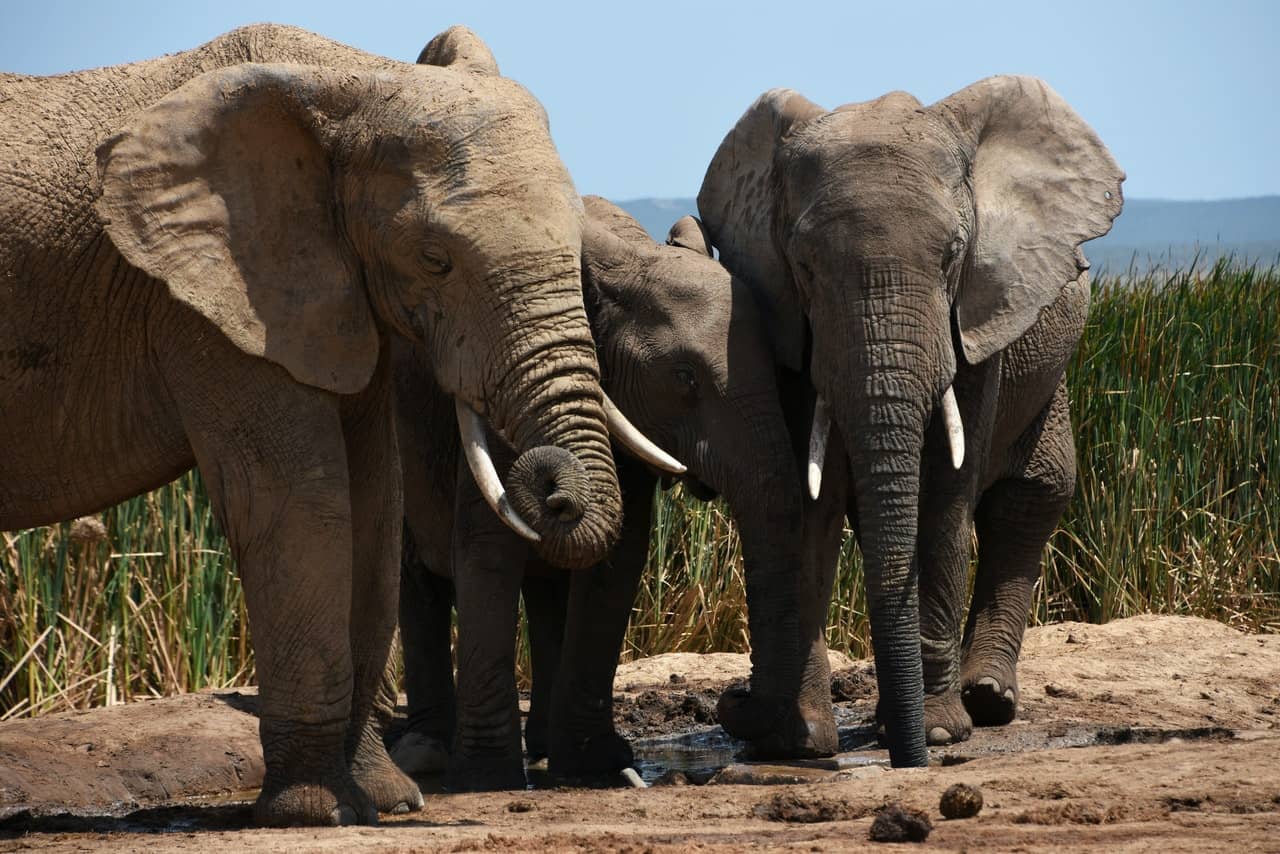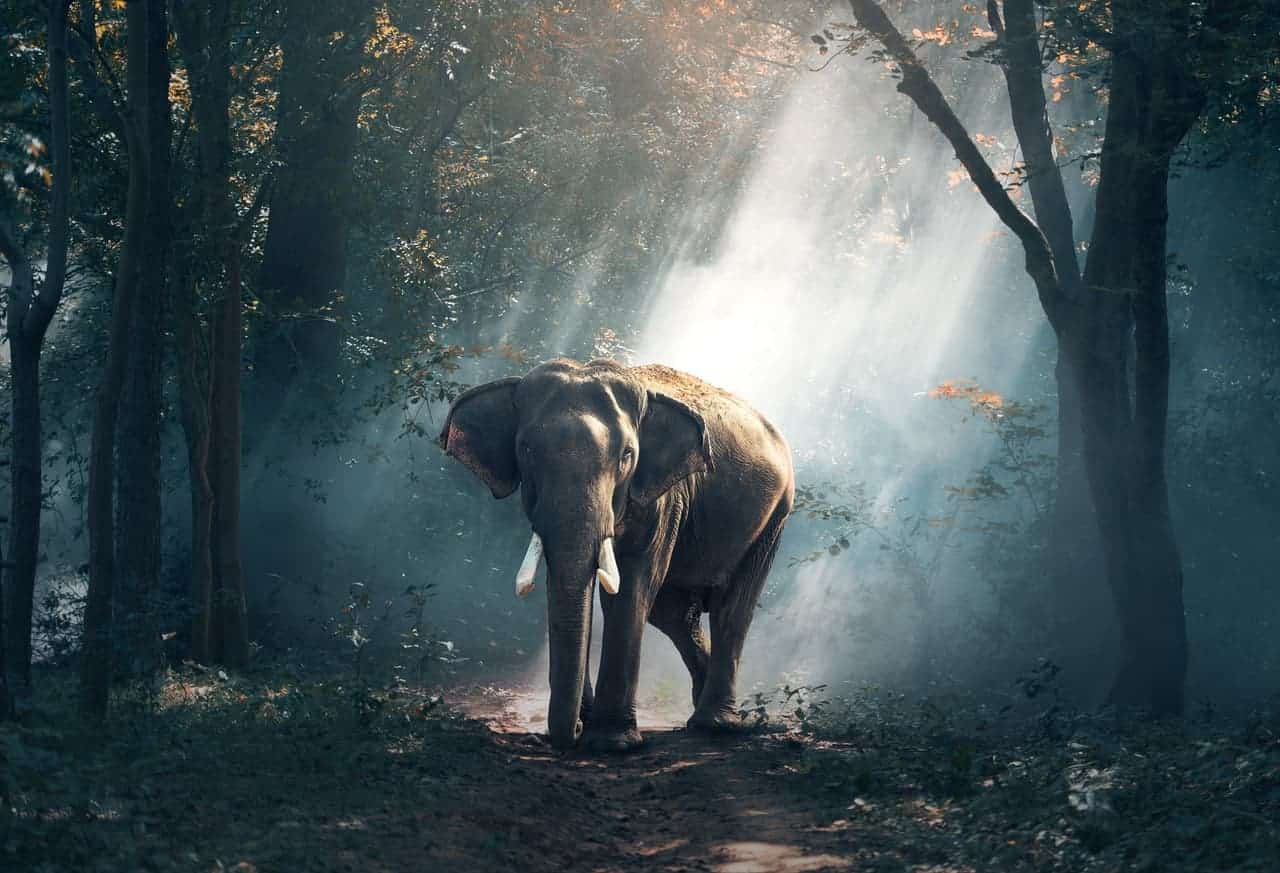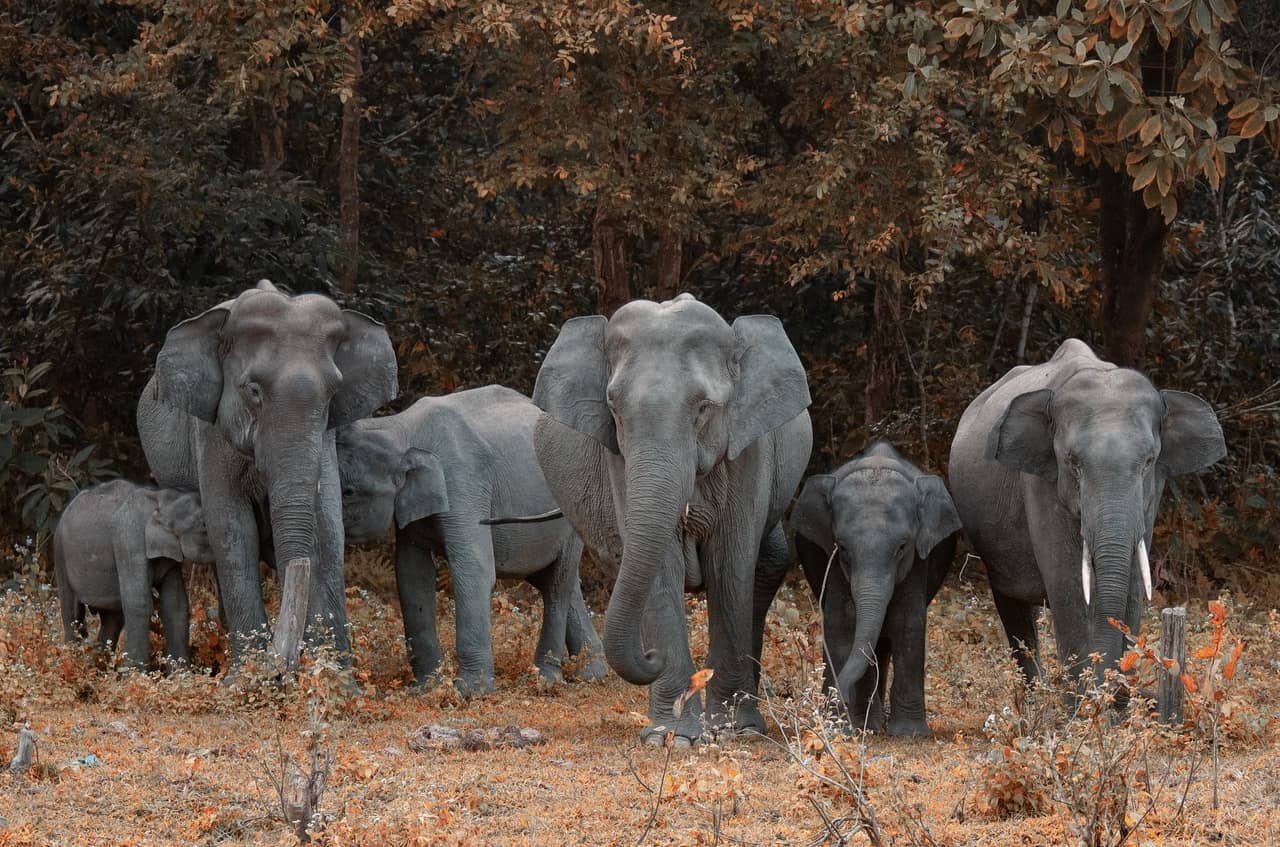Your wildlife safari remains incomplete without seeing those majestic wild elephants and clicking a perfect picture of them. It is a unique experience to see those massive beasts in their natural territory and be part of their natural environment, even if for a short while. These huge intelligent animals are very social and love being near water bodies.
So, if you are looking for some of the best places where you can spot those wild but gentle beasts, you are just on the right page. Plan your trip through great platforms such as Naturetrek, and do not forget to pack your camera.
To photograph elephants, you will need to go to places where you can find them in abundance and spot them easily. Given below are some of the key areas to see and photograph those amazing animals.
Elephant Nature Park, Thailand
Thailand’s Elephant Nature Park offers you a unique experience of elephants. The sanctuary for elephant rescue and rehabilitation houses dozens of distressed elephants. The best part is that you can interact with the elephants and spend some time in their natural surroundings. This is a great chance to click those animals from up close and volunteer for them too!
Hwange National Park, Zimbabwe
Hwange National Park is indeed a dream destination for elephant lovers and those who are deeply interested in elephant photography. It is the largest park in Zimbabwe that boasts of the greatest concentration of African elephants in the world. Thanks to the conservation efforts of the government, those majestic mammals roam freely with other large mammals such as lions, hyenas, and leopards.
Nkhotakota Wildlife Reserve, Malawi
Nkhotakota Wildlife Reserve has indeed come back to life, and coasts of more than five hundred animals. Due to human history’s most significant elephant translocations, the park has an incredible story to tell. Do not miss the great chance to see these animals and photograph them in their natural habitat.
Periyar National Park, India
Once famous as a tiger reserve, Periyar National Park is now better known for its elephant population. You will come across the magnificent Indian elephants here and the elusive Bengal tigers, birds, and butterflies, who share the same forest habitat, teeming with lakes, forests, and mountains. Keep your camera ready to catch some elusive shots of those amazing animals.

Addo Elephant Park, South Africa
Addo Elephant Park was created in 1931 to house and safeguard the remaining elephants in the area. The park now contains more than 600 elephants, thanks to the conservation efforts. In fact, it is the only park in South Africa that is howe to the Big Seven. Thus, apart from elephants, you get the chine to photograph other big game of wildlife too.
Sayaboury Elephant Conservation Centre, Laos
Laos was once known as the land of a million elephants, but poaching, deforestation, and expanding urban areas diminished the elephant population. Today, Laos Sayaboury Elephant Conservation Centre has more than 400 elephants, and it is indeed heartening to see those numbers rising. Take out your camera to capture those beautiful animals with your lens.
Elephant Transit Home, Sri Lanka
Elephant Transit Home is a refuge for injured or orphaned baby elephants in the wild. These elephants are brought to the center, where they are cared for, and once they are old enough, they are released into Udawalawe National Park. Sponsored by the Born Free Foundation, Elephant Transit Home is very popular among tourists and locals. It is a great place to watch those baby elephants and capture their movements on your camera.
Etosha National Park, Namibia
Etosha National Park is home to the largest elephants in Africa, and it is because of the thick vegetation found in the surroundings. So just take out your camera to watch out for that perfect moment. You are likely to come across large groups of wandering elephants, and this is why the park remains one of Africa’s leading wildlife destinations. In addition to the herds of elephants, you can spot black rhinos, the lion, and the leopard.
You must include all the above-listed parks in your itinerary to make the safari experience complete. These parks are not just fantastic but boast of large elephant populations and thus give you ample opportunities to click them.
Now that you are aware of the popular parks with an abundant population of elephants, it is time to get aware of the photography tips to follow when shooting elephants.

Some photography tips to help you out:
Wild elephants are one of the most iconic species on the planet, and it is a real joy to capture them in your camera forever. Here are some useful tips on how to approach your photography.
- Locate water bodies for better elephant viewing and increase your chance of sighting and photographing them. Look for the right moments and study the elephant behaviors towards each other. There is always a fun shot to be taken if you are alert and closely observing the elephants’ herd.
- As elephants are always on the move and remain busy for almost 16 hours a day, you get plenty of opportunities to film them. You just need to remain alert and be patient to get that perfect shot.
- Watch out for an advanced warning of an upcoming photo opportunity, and it could be the adorable mother elephant and her calf or a male greeting another male by wrapping their trunks around the other.
- When photographing elephants, carry 24-70mm and 70-200mm on two bodies in the field. Experiment with a variety of equipment to create a diverse selection of images, and it is not just about using the longest lenses with maximum zoom.
- Capture a portrait shot of an animal with lots of contexts and the environment behind it. The image should speak to the viewer and keep him engaged. Try a new perspective and add a unique dynamic to those images. You could perhaps try a bird’s eye perspective or shoot them from the ground level.
- Look for the details and focus on individual elements, such as the actual eyes of the animal and the expression within. Likewise, you could focus on the long trunks, ivory tusks, and wrinkled skin to develop a diverse portfolio here.
- Shoot a black and white photo of a herd of elephants or an individual one against the background of a thick jungle or with large storm clouds above. Try to add some dramatic elements here.
- Create silhouettes of those huge animals, and these are a popular option on safaris. It is mesmerizing to see the well-defined outline of the elephant’s popular and recognizable shape against a sunset.

